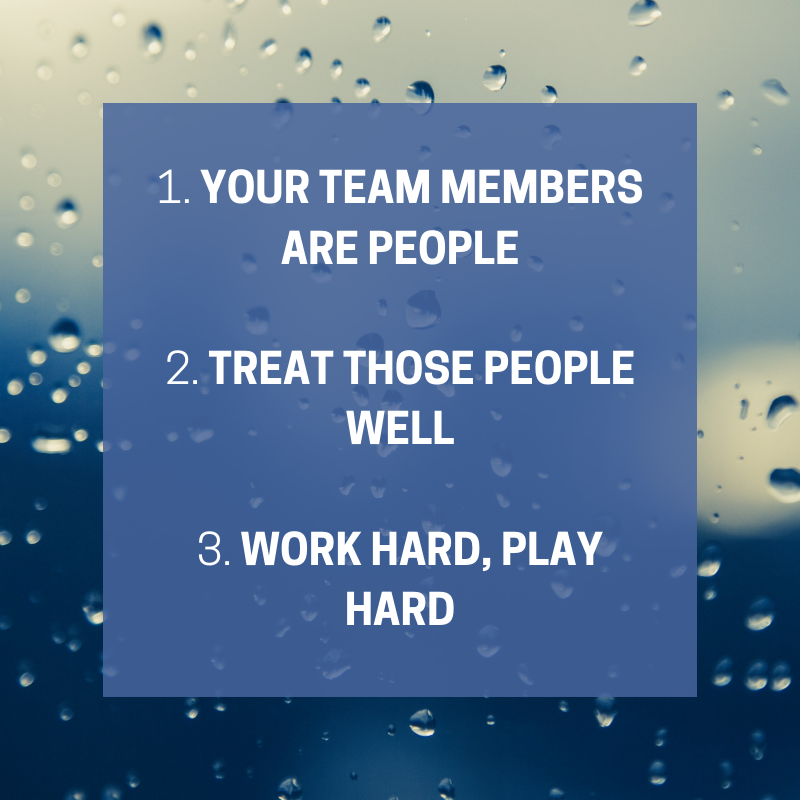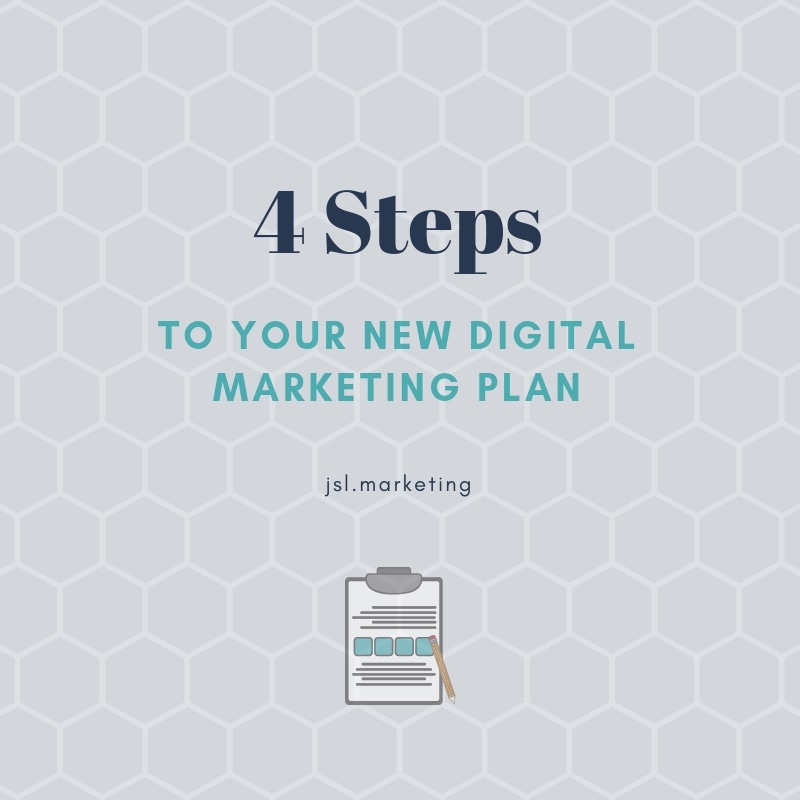
Work-life balance is something you hear a lot about in our culture. Whether it be because working from home is becoming increasingly common, or because Americans tend to put work above all else, this balance is a delicate and difficult thing – especially when you own a startup with family.
Not only do you feel like you have to put in 16 hours a day 6 days a week due to starting your own business, but you also have the pressures of working and living with the same group, which can muddy the lines between work hours and ‘life’.
Let’s check out my top 7 tips for how I keep my sanity, relationship, and work healthy!
Play to Your Strengths
Everyone has strengths, and those strengths can help or hurt you depending on the situation. For example, one of my strengths is that I am very driven – this is great for being an entrepreneur but can be a weakness if I let it get out of control when it comes to family and life balance.
Understanding that your strengths are also your weaknesses, and then playing to the advantages (not the disadvantages) is important.
Plan Personal Time & Protect it
Here is where the ‘balance’ part of work-life balance comes in – you need to balance your work hours with your personal hours. This doesn’t mean you have to have 8 work hours and 8 personal hours, but it does mean you have to plan. This is unfortunate if scheduling isn’t your thing, but it’s still necessary.
Make sure you not only plan for personal time but protect it as well – just like you would your scheduled work hours. You wouldn’t skip a meeting with a client for the gym, so don’t skip scheduled family time for work emails either.
Priorities (in Work & in Life)
Make sure you know where your priorities are and communicate them with your family. That way – if they start to sway in the wrong direction, you have others who can hold you accountable as well.
My priorities are always family first, then work second, but sometimes when things get hectic this can be hard to remember. It is nice having another advocate for your priorities, in my case, my wife and co-founder of JSL Marketing & Web Design (she’s the ‘S’).
Have a Workspace
Even if you work from home as we do, make sure your entire home isn’t your office. You need a workspace both for productivities sake, but also so you can shut the door and be done with it after your work-hours are over.
If you have a ‘home office’ but its where you always handout, you need to reevaluate so that your work and your life have some separation, even in the same home.
Make Time for Health (Mental, Physical, & Emotional)
Your health (whether you work from home, in an office, or not at all) is important and should be treated so. Your mental health, physical health, and emotional health all need to be nourished and taken care of.
Making time for your health isn’t a wish, it’s a need. And the best work-life balance is one that gives you ample time for physical health, mental health, and to recharge your emotional might.
Make Work Hours & Stick to Them
Yes, just like with personal time and health, this has to deal with scheduling. I find it helpful to make a schedule each week and stick to it as close as possible. I don’t have a ‘master schedule’ for every week, as things often change in my line of work or things come up – but those are important to schedule for too!
Give yourself wiggle room and plan for the unexpected. For example, if you think a meeting will take 30 minutes, put it in your schedule for 45 minutes – that way you won’t feel pressured, but still be using your time efficiently.
Be Realistic in Your Goals, Time, & Needs
This feeds directly from your work hours and schedule above – make sure you give yourself adequate time to meet your deadlines, goals, and needs. There is no point in trying to cram too much in, then realizing you can’t meet the deadlines or goals you’ve set for yourself, getting overly stressed, overly worked, and letting your work hours bleed over into your family or health time.
Being realistic might sound easy, but when you are ambitious, you will often think things can be done faster or sooner than they really can. Make sure you temper your excitement and drive and bring in a healthy dose of skepticism.
Think that project will take 2 weeks? Maybe write it in for 3. Think you can grow by 10% this quarter? Maybe have scaled goals – saying that growth by 10% is an A, but growth by 8% is still a B+, and so on.
Having realistic goals is where many falter, because if you don’t reach for large goals – you aren’t doing all that you can for your business. But if you reach too far, then your family and work-life balance will suffer.
Make sure you take both pitfalls into consideration and communicate with your work (and family) to keep that teeter-totter as balanced as possible.
Are You Feeling Prepared to Win the Work-Life Battle?
It’s okay if you don’t always nail it, in fact, a big part of work-life balance is knowing that you won’t be perfect in either, and working with that, growing through that, and continuing to improve and try.
Sometimes, the work-life teeter-totter will get grounded, but that’s where you reevaluate, pick yourself back up, and try again.
If you find yourself needing help in business more than in life, then contact me to learn about my digital services, business consulting, sales coaching, or speaking engagements. I’d love to connect.
And stay tuned, my own site – JamesLeff.com – is launching soon! Check back in a week for my next article.











